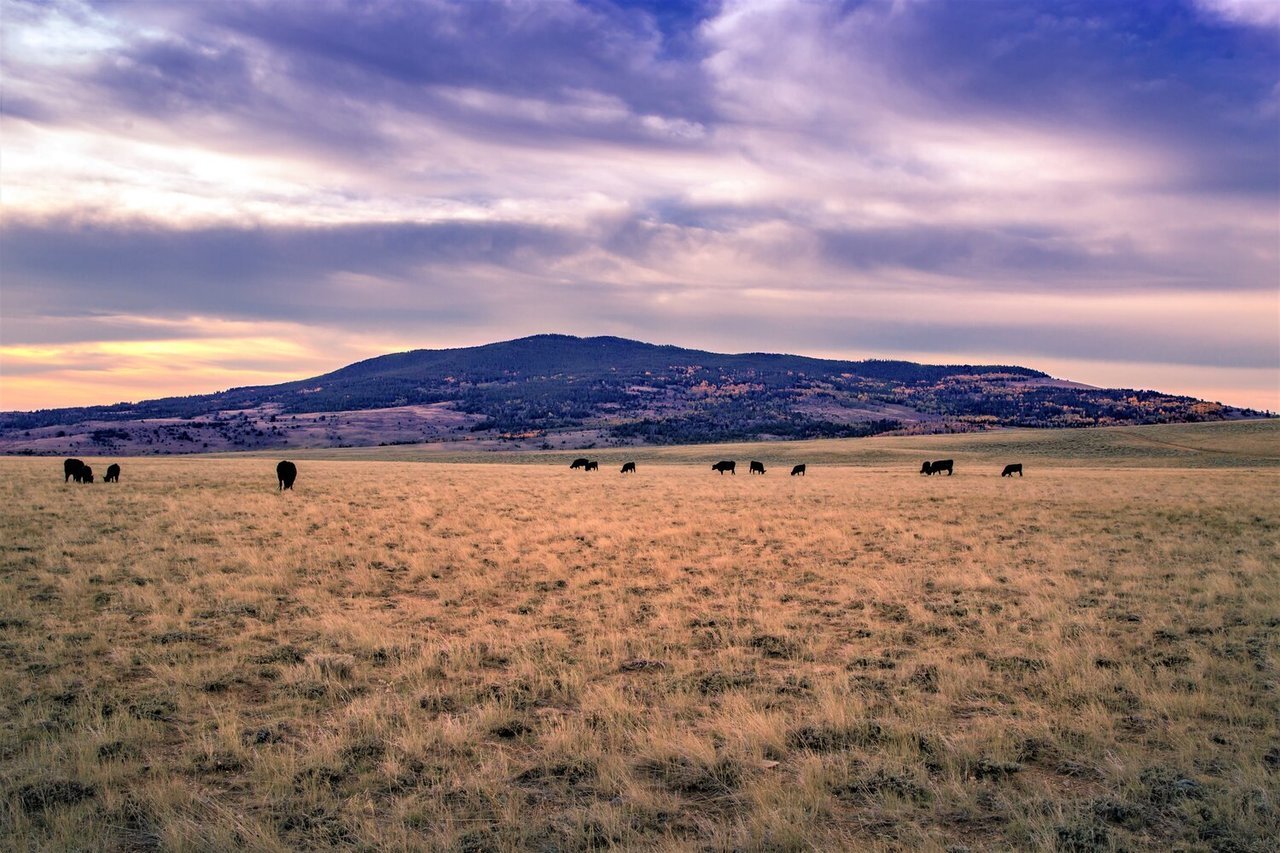
What is the SageCon Partnership?
Learn more about SageCon through our vision & purpose document.
We work together to build resilience in Oregon’s sagebrush rangelands.
Our focus is on building ecological resilience by addressing the threats to sage-grouse populations and sagebrush ecosystem health from fire, invasive species, woodland expansion, and other stressors.
This work relies on social and economic resilience - thriving local communities with the power, capacity, collaboration, and resources for responsible stewardship.
Through this work we build resilient partnerships, which will help us work together effectively at multiple scales and be prepared for future challenges as they arise.
SageCon fills a unique role to coordinate across a wide range of partner organizations to help:
Create a funding and policy environment that supports effective, strategic, coordinated on-the-ground restoration efforts.
Identify shared strategic priorities, set clear and measurable objectives, and monitor and share our progress (see the SageCon Dashboard).
Provide forums for communication that help partners build community and access tools, information and resources (e.g. the annual SageCon summit).
Develop and share technical support and tools for coordinated implementation.
History
In 2010, the US Fish and Wildlife Service (USFWS) determined the Greater Sage-grouse warranted protection under the Endangered Species Act (ESA). However, listing was precluded at that time because of other higher priority species making sage-grouse a “candidate” for future protection. A final listing determination will be made by September 2015.
Oregon is one of eleven western states participating in a rangewide State/Federal Sage-grouse Task Force. The Task Force is working to identify and address high priority conservation actions and integrate ongoing efforts to ensure protection of key habitat leading to sustainable sage-grouse populations and strong western economies. As part of this effort, states and federal agencies are developing conservation plans and implementing measures to contribute to rangewide conservation of the species and potentially preclude the need for federal listing under the ESA.
In 2012, the Oregon Sage-grouse Conservation Partnership (SageCon) was convened at the request of the Governor’s office to formulate an “all lands, all threats” approach to sage-grouse conservation. This effort was to address both USFWS’ sage-grouse listing decision in 2015 and support long-term community sustainability in central and eastern Oregon. To accomplish this, the SageCon Partnership is working to: Importance of sage-grouse
The importance of sage-grouse
Wrapped up in the name “sage-grouse” are a host of complex issues related to public lands, the settlement of the American West, roles and layers of government, rural communities, energy and economic development, wildfire, outdoor recreation and vast ecosystems supporting unique and important wildlife. While often expressed shorthand in the name of this particular bird species, these deeper, ongoing threads and conversations continue to shape Oregon and the West as a whole. Oregon is home to over 15 million acres of sage-grouse habitat spanning private and public lands across eight counties in Eastern Oregon. The sagebrush steppe ecosystem serves the needs of hundreds of plant and animal species from the declining pygmy rabbit to flowering plants, shrubs and grasses. Sage-Grouse represent an umbrella species in the sagebrush sea as it has disappeared from most of its historic range and faces threats from fire, invasive species and habitat fragmentation.
To Learn More
SageCon Invasives Initiative article: Hot on the Horizon in Oregon’s Rangelands



